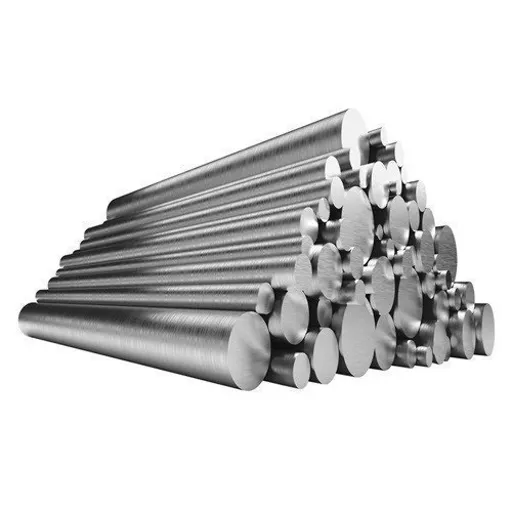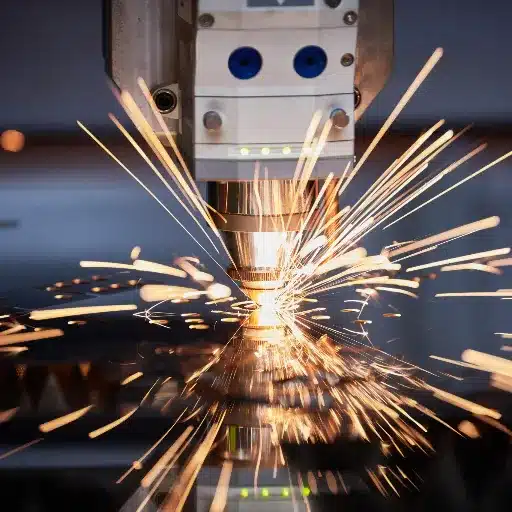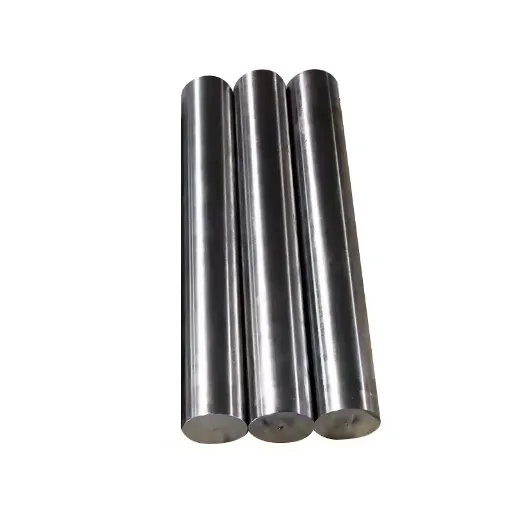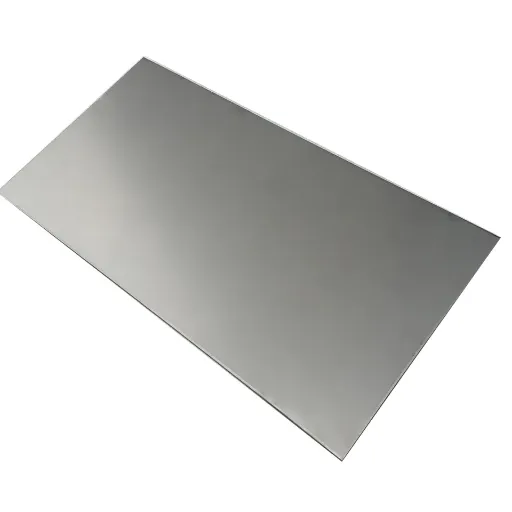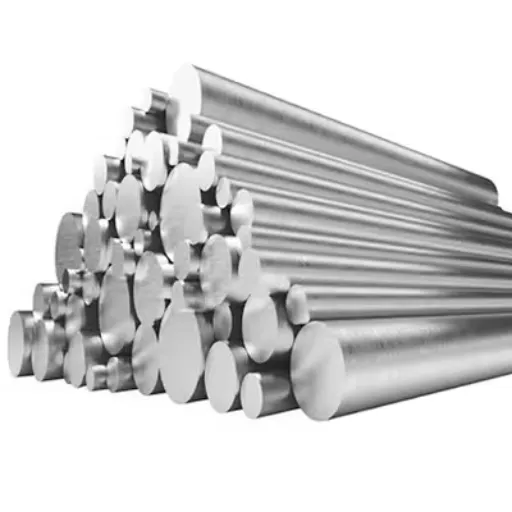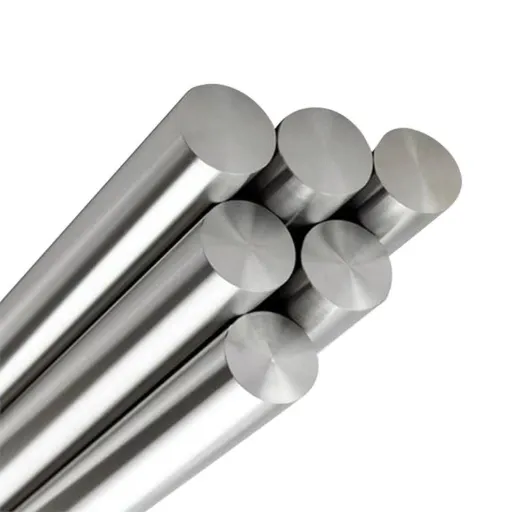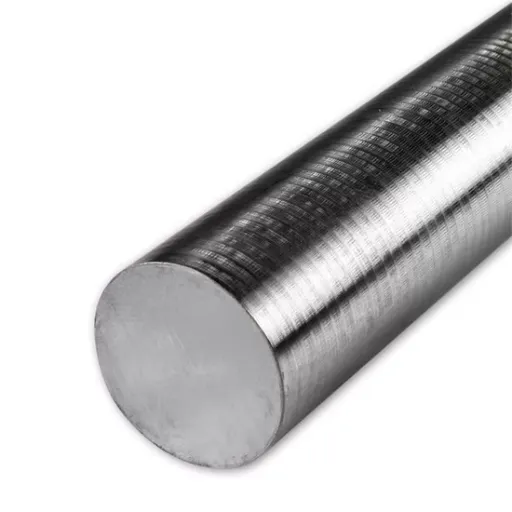Choosing the right stainless steel for your application depends on how much you know of various alloys. The 300 Series stainless steel is among the most versatile and commonly used alloy types, but why is it so? What really distinguishes it from other alloys, and how do the differences affect performance, life, or cost to manufacture? This blog post discusses the peculiarities of a 300 Series stainless steel and a comparison with other choices, so you will be in a great position to take informed decisions for your projects. Either a manufacturer, engineer, or someone interested in material science, this breakdown will give helpful insights into stainless steel alloys.
The Implication of Choosing the Proper Alloy
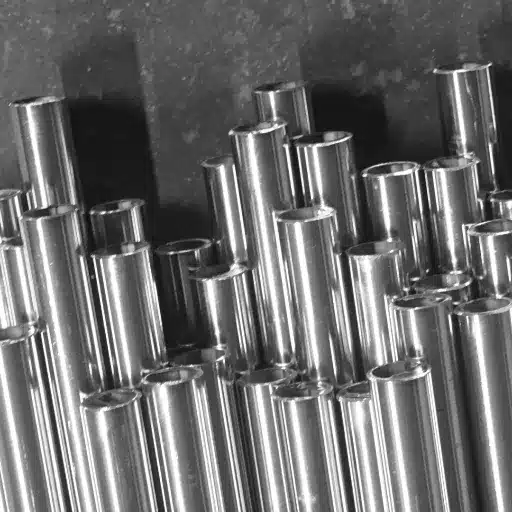
Choosing the appropriate stainless steel alloy guarantees the efficiency, durability, and cost-effectiveness in diverse industrial applications. Different working environments and uses require different characteristics, such as corrosion resistance with an alloy that will guarantee a certain degree of strength or working at very high temperatures. Take, for instance, grade 304 stainless steel, which is considered to be the highly corrosive and versatile alloy and therefore is used worldwide in kitchen equipment and medical devices, while 316 stainless is bent for marine applications with its resistance against saltwater enhanced by molybdenum.
Market Analysis Insight
According to a recent market analysis, global demand for stainless steel reached beyond 50 million metric tons last year, with considerable growth coming from energy and automotive sectors. Performance-wise, an improper alloy can contribute to their early failure or even immense maintenance cost. So industries face the challenge of considering operating temperature exposure to the environment and degree of mechanical stress in making the right alloy choice.
From the rise of advanced technology and sustainability concerns, some of the high-performance stainless steels that have taken center stage are the duplex and super duplex grades. These stainless steel grades provide a superior strength and corrosion resistance while being lightweight and efficient from the perspective of material consumption and impact on the environment. An insight into present-day developments and material properties will allow industries to streamline their processes and thus maintain a competitive edge in the market.
The Features of the 300 Series Stainless Steel
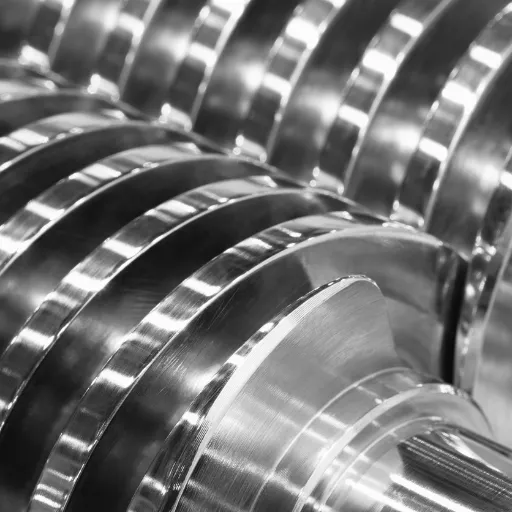
The 300 series stainless steels are known for their outstanding corrosion resistance, good strength, and versatility. These grades are mostly chromium-nickel alloys and find applications whenever high strength and oxidation resistance are required. With these very properties, these steels find application widely across several industries.
Corrosion Resistance in 300 Series Alloys
Among all stainless steels and the 300 series in particular, the best corrosion-resistant properties are offered and are prone in environments where they may be exposed to moisture, chemicals, or extremes of temperature. The resistance comes from a high chromium content, from about 16% to about 26%. This layer or coating is a film of chromium oxide or passive oxide layer that forms almost instantly on the surface, protecting it from further oxidation or corrosion.
Type 304 Stainless Steel
Composition: Approximately 18% chromium and 8% nickel
Properties: Good all-around resistance to corrosion and oxidation
Applications: General purpose applications
Type 316 Stainless Steel
Composition: 2-3% molybdenum content
Properties: Increased resistance to pitting and crevice corrosion
Applications: Chloride-rich environments, marine applications
The 300 series alloys have been studied in detail, and it has been shown that they have good performance when subjected to chemicals under food processing conditions without risking structural integrity or contamination of the product. Tests were further undertaken in a chloride environment for many months, and it was demonstrably shown that Type 316 stainless steel could stand saltwater immersion for extended periods far better than ordinary metals of lesser grades. Not only do these alloys provide corrosion resistance at standard temperatures but also from cryogenic to elevated temperature ranges, which further proves their integrity and application possibilities.
The 300 series has achieved almost universal acceptance in applications demanding long-term durability with minimal maintenance, thanks to their unwavering corrosion resistance. The ability of these materials to stand tough conditions will guarantee cost efficiency for both manufacturers and end-users.
Chemical Analysis and Its Effect
The excellent qualities possessed by the 300 series stainless steel are largely contributed to by the chemical composition of the alloys. These alloys are mostly composed of iron, chromium, and nickel, along with manganese, silicon, and carbon in minute quantities.
| Element | Percentage Range | Primary Function |
|---|---|---|
| Chromium | 16-30% | Corrosion resistance through passive oxide layer |
| Nickel | 6-20% | Toughness, ductility, stress corrosion resistance |
| Molybdenum | 2-3% (in 316 grade) | Enhanced pitting and crevice corrosion resistance |
| Carbon | ≤0.08% | Strength maintenance, prevents carbide precipitation |
| Manganese | ~2% | Improved workability |
| Silicon | ~1% | Scaling resistance at elevated temperatures |
Data indicate that the most common stainless steel member of the 300 series, which is Type 304, is about 18-20% chromium, 8-10.5% nickel, and ≤0.08% carbon. Consequently, this is the standard grade for numerous industries involved in food processing, chemical manufacture, and medical devices. The other major grade is Type 316 stainless steel and contains molybdenum, which provides considerably improved performance for the marine and chemical environment.
Therefore, these different elements not only influence the mechanical and physical properties of the 300 series alloys but also serve as indicators of the diversity of possible applications of the alloys, keeping them durable, low maintenance, and cost-saving in highly demanding environments. Due to their balanced composition, the 300 series is now the most important materials for use in critical industries.
Applications of 300 Series Stainless Steel
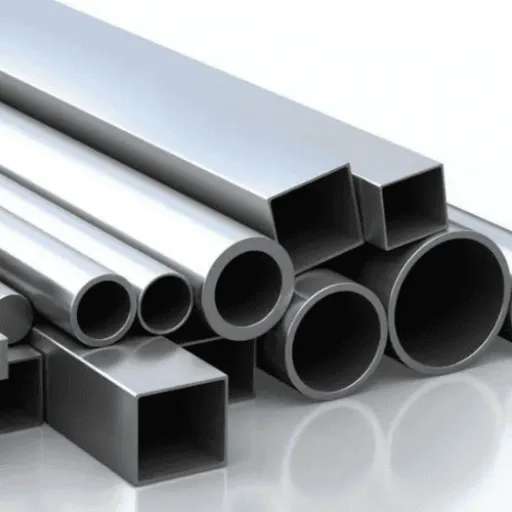
The excellent corrosion resistance, strength, and flexibility of the 300 series stainless steel make it useful in the construction, automotive, and food processing industries. Its durability and low maintenance requirements make it a good choice for kitchen machines, chemical tanks, and architectural structures.
Common Uses in Various Industries
🏗️ Construction and Architecture
300 series stainless steel is often utilized in construction and architectural works, much of which is related to corrosion resistance and aesthetic appeal. 300 series stainless supports skyscrapers, bridges, and building facades in dealing with weather conditions.
Growth Rate: Stainless steel consumption in construction is expected to increase 5% per year worldwide.
🍽️ Food Processing and Culinary Equipment
Benchmark stainless steel grade 304 of the 300 series finds extensive usage in the food and beverage industries in processing equipment such as kitchen appliances, storage, and conveyors. The surface is hygienic to allow contamination-free processing.
🚗 Automobile Industry
Automobile manufacturers put into use their 300 series stainless steel in exhaust systems, fuel tanks, and trim work. Grade 316, which contains the extra element of molybdenum, is of particular interest by its resistance to chlorides and other aggressive elements.
Market Share: 12% of global stainless steel consumption in 2022.
🏥 Medical and Healthcare Applications
The 300 Series stainless steel biocompatibility and sterilization make it a requirement for its specialty applications in medical equipment manufacture. Surgical instruments, orthopedic implants, and hospital furnishings rely heavily on stainless steel materials, especially 316L grade.
Case Studies: Successful Applications
1. Desalination Plants
300 series stainless steels have been applied in desalination plants where their corrosion resistance prevents degradation under harsh environments with concentrations of chlorides. Stainless steel finds extensive application in the Sorek Desalination Plant in Israel in the fabrication of key elements like the evaporator and heat exchangers.
2. Chemical Processing Facilities
Chemical processing plants depend heavily on 300 series stainless steels for handling corrosive chemicals such as sulfuric acid and sodium hydroxide. A chemical plant in the United States switched to 316-grade stainless steel piping for chemical transport.
3. Food and Beverage Industry
The food processing industry makes wide use of 300 series stainless steel because of its hygienic properties and ease of cleaning. A global dairy producer replaced old equipment with new machinery made of 304 grade stainless steel.
Advantages of 300 Series Stainless Steel Over Other Materials

One of the key advantages of 300 series stainless steel is the high corrosion resistance of this alloy, which enables it to be used in very harsh environments unlike most materials. Its versatility offers strength, durability, and ease of fabrication for many applications. Its aesthetic appearance also gives it an industrial appeal with a demand in the commercial arena due to lower maintenance upkeep requirements.
Durability and Longevity
It is also especially considered for the stainless variant because of its exceptionally durable and long-lasting property, thereby making it one of the most reputable across many industries. Because it comprises chromium and nickel in concentrations making it resistant to corrosion even in hostile environments, it keeps a material’s structural integrity intact for long periods without heavy maintenance or replacement.
Longevity Comparison
- 300 Series Stainless Steel: More than 50 years in building and industrial applications with proper maintenance
- Carbon Steel: Requires continuous protective coatings or replacement within less than 10 years in harsh environments
- Traditional Materials: Drastically affected by environmental challenges, requiring frequent maintenance
Additionally, the non-porous character of the 300 series stainless steel hinders bacteria and contaminant buildup, offering very hygienic surfaces for use in food preparation, medical instruments, and pharmaceutical production. Because of their longer service life, these would be a cheap alternative, as they require less maintenance, downtime, and material replacement initially. Combined with resistance, versatility, and eco-friendliness, this makes the 300 series stainless steel an unparalleled combination for both functional and aesthetic applications.
Heat Treatment and Its Benefits
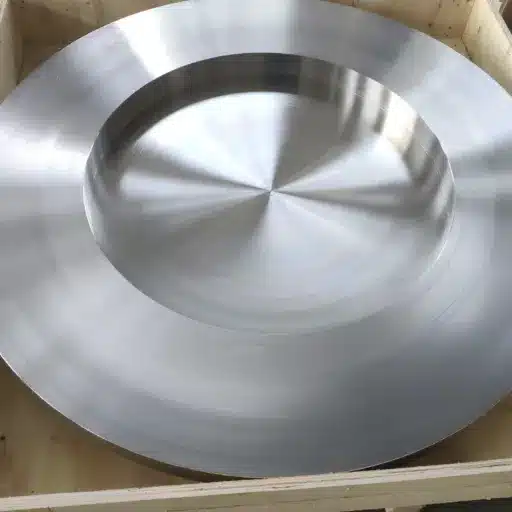
Heat treatment remains essential in the enhancement of the 300 series stainless steel properties in order to enable it to perform accordingly in various demanding applications. The metallurgical process involves heating and cooling the metallurgic alloy under controlled conditions to give rise to the desired mechanical properties, such as increased hardness, durability, and resistance to degrading factors such as corrosion.
Annealing Process for 300 Series
- Heating: Heat stainless steel to 1900°F-2050°F (1038-1121°C)
- Cooling: Rapid cooling, typically through quenching
- Benefits: Reduces internal stresses, improves ductility
- Result: Restores corrosion resistance lost during welding
Industry Benefits
- Prolongs component life by up to 50%
- Reduces frequent replacements
- 30% improvement in pitting resistance in chloride-rich conditions
Advanced Technologies
- Vacuum furnaces for precise control
- Induction heating systems
- Reduced oxidation during processing
Moreover, further improvements provided by advanced heat treatment technologies, including vacuum furnaces and induction heating, give enhanced benefits by providing precise temperature control and decreased oxidation during processing. Their contribution ensures consistent quality, less material wastage, and decreased production costs.
Reference Sources
-
Steel Pro Group
This source discusses the applications of 300 series stainless steel in industries like food and beverage, highlighting its corrosion resistance and hygienic properties.
Visit Steel Pro Group -
Penn Stainless Products
This resource provides technical details about the 300 series, including its composition and suitability for various industrial applications.
Visit Penn Stainless -
Michlin Metals
This site offers insights into the properties of austenitic stainless steels, including the 300 series, and their performance in high-temperature and welding applications.
Visit Michlin Metals
Frequently Asked Questions (FAQs)
What are the distinctions between 300 series and 400 series stainless steel?
Stainless steel of the 300 series, especially the austenitic grades such as 304L, shows better corrosion resistance and ductility than the 400 series, which mainly consists of ferritic stainless steels. Nickel is present in greater amounts in the 300 series; therefore, it possesses better formability and toughness than the 400 series, which is generally more cost-effective but may fall short in corrosion resistance in chloride atmospheres.
What are the applications of stainless steel 300?
Thanks to its excellent corrosion resistance and mechanical properties, 300 series stainless steel finds applications in kitchen equipment, food processing equipment, and chemical processing equipment. These austenitic grades are preferred in environments where strength at elevated temperatures and resistance to chloride stress corrosion cracking are of paramount importance.
How does 300 series austenitic grade corrosion resistance compare to ferritic stainless steel resistance?
In general, such 300 series austenitic grades as 304L are more resistant to corrosion than ferritic stainless steel. Since it contains a higher amount of nickel, austenitic stainless steel resists corrosion and oxidation better and is thus used in more demanding environments. On the other hand, ferritic stainless steel offers economic benefits but the precipitation of chromium carbides at elevated temperatures may inhibit its corrosion resistance.
What other grades can replace those of the 300 series?
Duplex stainless steel and certain ferritic stainless steels are the alternatives suggested for the 300 series. Duplex stainless steels are known to have high strength and excellent corrosion resistance, combining the properties of both austenitic and ferritic stainless steels. Depending on the application, these may end up offering better value for performance.
What effect does cold-working impart on 300-series stainless steel?
Cold working substantially strengthens the mechanical properties of 300-series stainless steel in terms of strength and hardness but conversely reduces ductility and formability, if it is not properly controlled. It is suitable for applications where a certain wall thickness and specified strength at elevated temperatures are required.
How does stainless steel corrosion resistance relate to chemical composition?
The corrosion resistance of stainless steel highly depends on its chemical composition. For example, in the 300 series austenitic grades, corrosion resistance is enhanced by the higher percentage of chromium and nickel, which remain relatively low in ferritic stainless steels and therefore render it susceptible in harsh environmental conditions. Their balance prevents common corrosion issues such as chloride stress corrosion cracking.
Conclusion
The 300 Series stainless steel stands out as a versatile, durable, and cost-effective solution for various industrial applications. With its exceptional corrosion resistance, mechanical properties, and adaptability across industries from construction to healthcare, it continues to be the preferred choice for engineers and manufacturers worldwide. Understanding its properties, applications, and benefits ensures optimal material selection for your specific needs.

